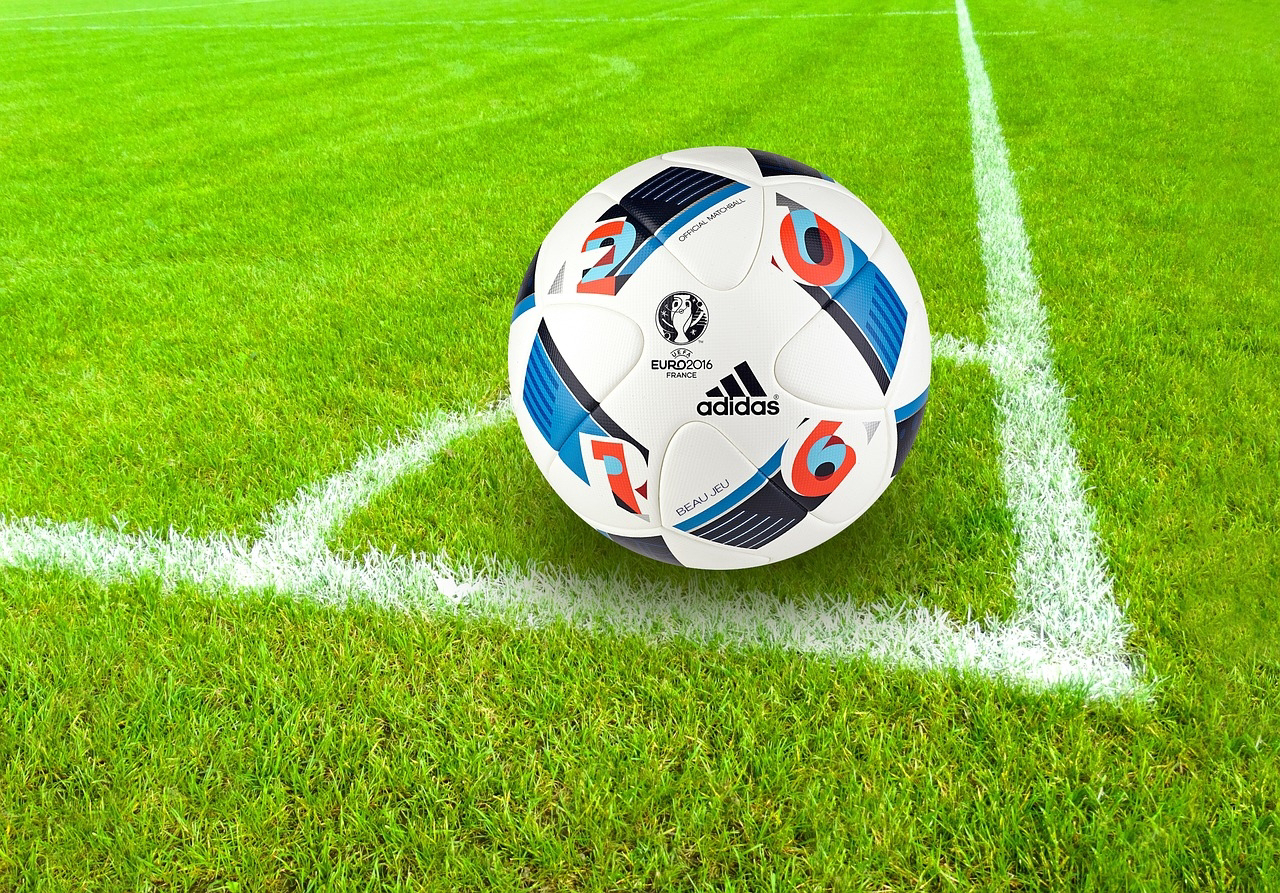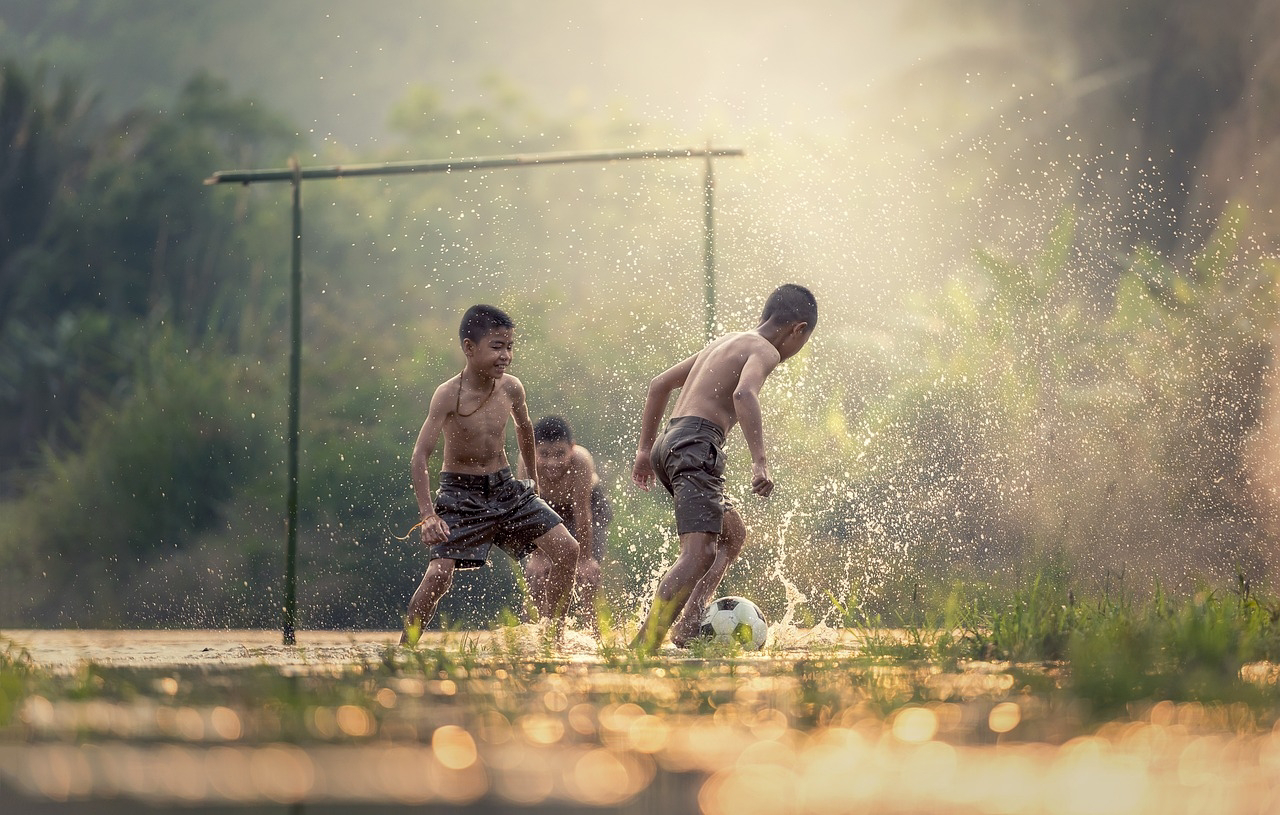1. Pelé (Brazil): Widely considered one of the greatest footballers of all time, Pelé played for Santos and the Brazilian national team. He won three FIFA World Cups and scored over 1,000 career goals. Pelé is renowned for his skill, creativity, and goal-scoring ability.
2. Diego Maradona (Argentina): Maradona is regarded as one of the most skillful and influential players in the history of the sport. He led Argentina to victory in the 1986 FIFA World Cup, scoring the famous "Hand of God" goal and the "Goal of the Century" against England.
3. Lionel Messi (Argentina): Messi has established himself as one of the modern greats. Playing for Barcelona and the Argentine national team, he has won numerous individual awards, including the FIFA Ballon d'Or multiple times. Messi's exceptional dribbling, vision, and goal-scoring ability have mesmerized fans worldwide.
4. Cristiano Ronaldo (Portugal): Ronaldo is known for his incredible athleticism, goal-scoring prowess, and versatility. He has played for clubs like Manchester United, Real Madrid, and Juventus, winning numerous domestic and international titles. Like Messi, Ronaldo has also won multiple FIFA Ballon d'Or awards.
5. Johan Cruyff (Netherlands): Cruyff was a pioneer of Total Football and played for clubs like Ajax and Barcelona. He won three Ballon d'Or titles and influenced generations of players with his skill, vision, and tactical understanding of the game.
6. Diego Costa (Spain): Costa is a prolific goalscorer who has played for clubs like Atletico Madrid and Chelsea. Known for his physicality and aggressive style of play, he has been a key figure in the success of his teams.
7. Ronaldo (Brazil): Ronaldo, also known as "Ronaldo Nazário," had remarkable speed, dribbling, and finishing skills. He played for clubs like Barcelona, Inter Milan, and Real Madrid, and won the FIFA World Player of the Year award multiple times.
8. Zinedine Zidane (France): Zidane was a gifted midfielder who played for clubs like Juventus and Real Madrid. He won the FIFA World Cup with France in 1998 and was known for his elegance, technique, and playmaking abilities.
9. Franz Beckenbauer (Germany): Beckenbauer, known as "Der Kaiser," was a highly influential defender and played for Bayern Munich and the German national team. He won the World Cup both as a player and as a coach and was known for his exceptional vision, ball control, and leadership qualities.
10. Michel Platini (France): Platini was a skillful midfielder who played for Juventus and the French national team. He won multiple Ballon d'Or awards and was renowned for his playmaking ability, precision passing, and goal-scoring prowess.
These are just a few examples of players who have left an indelible mark on the world of football. There are many other remarkable players who have made significant contributions to the sport.











